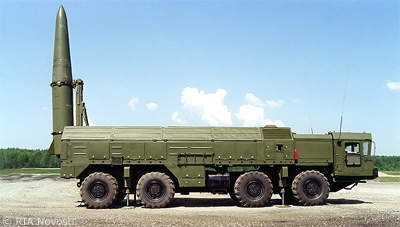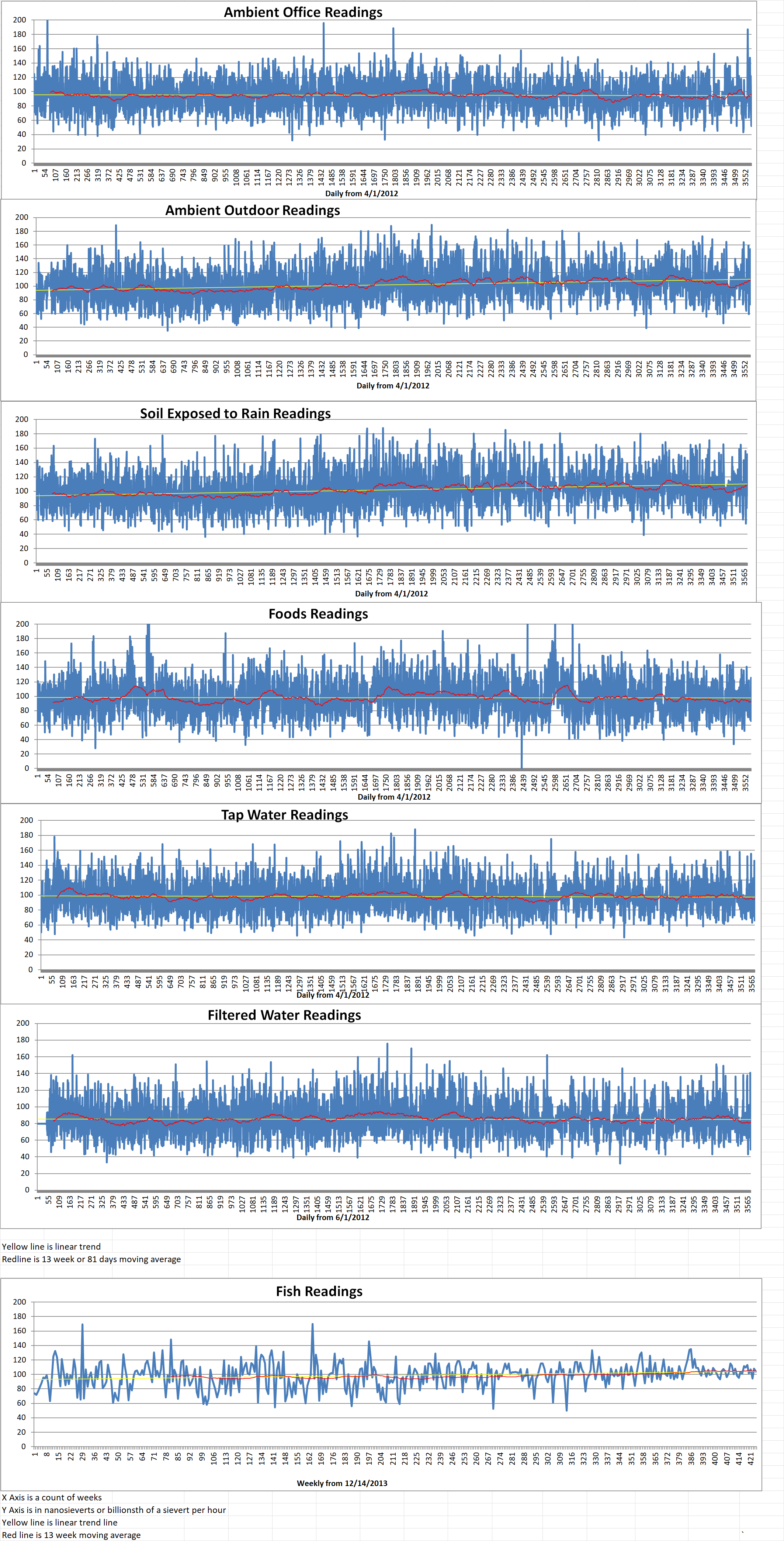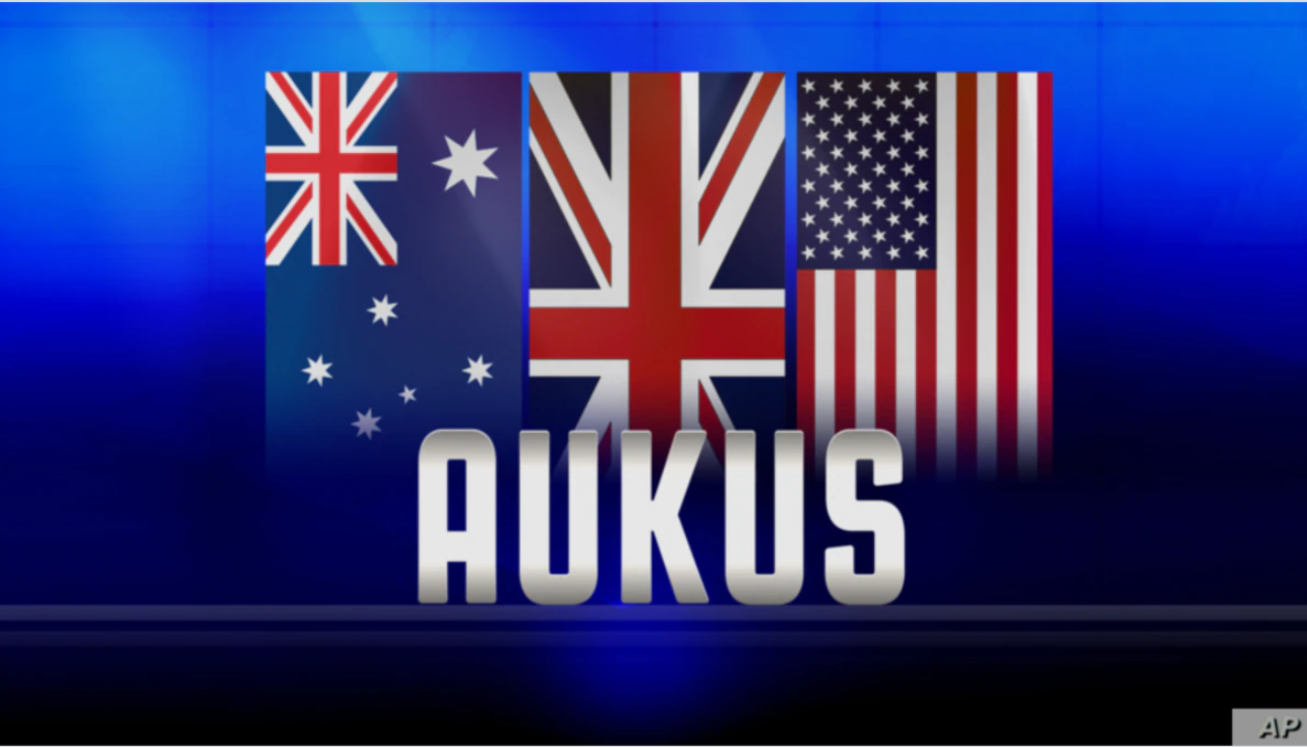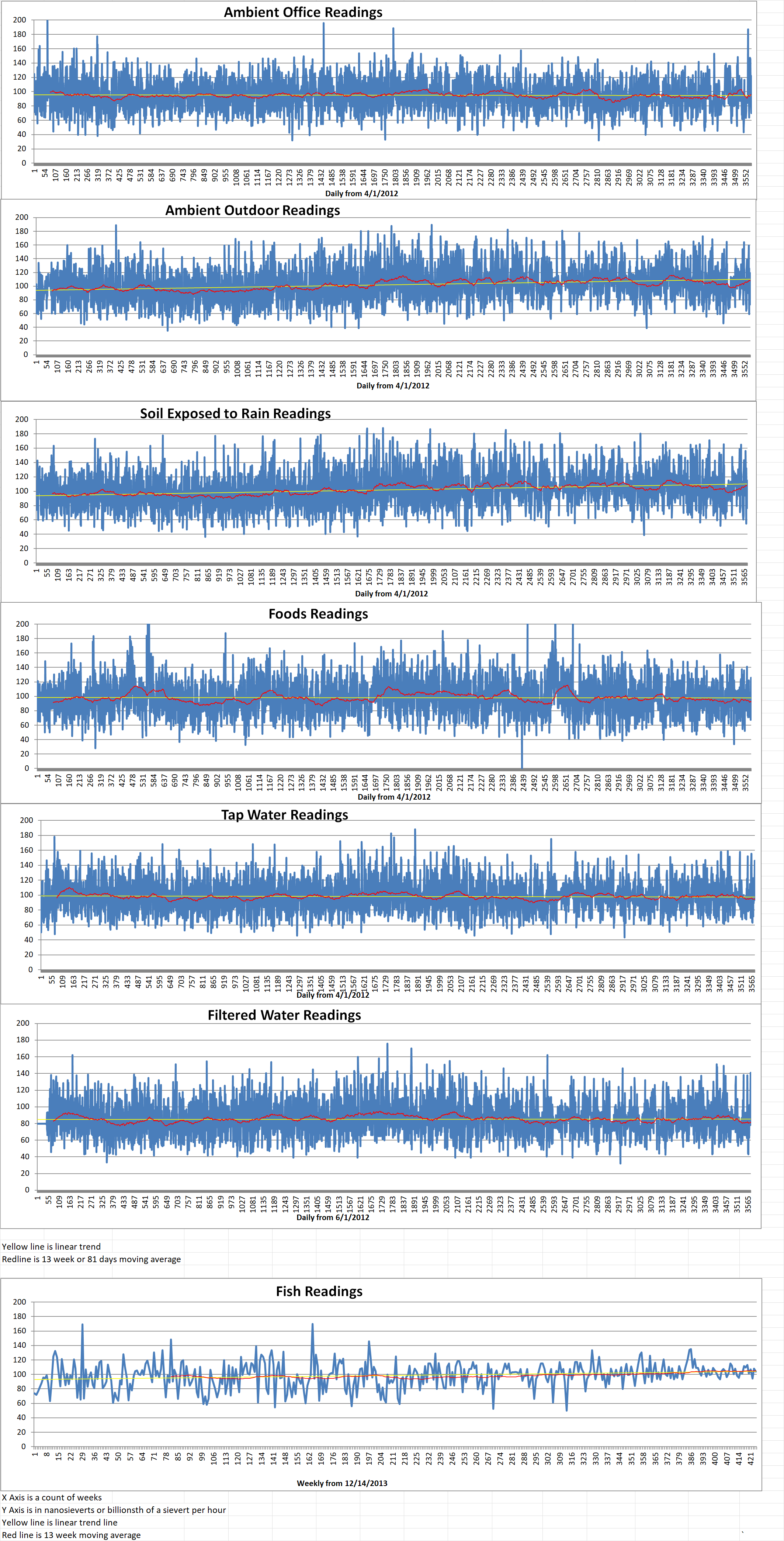Part 1 of 2 Parts
I have blogged before about ways to improve your chances of surviving a nearby nuclear blast. Since we seem to be teetering on the brink of World War III, I thought it would be a good idea to revisit the subject. Russia has threatened to use tactical nuclear weapons on the battlefield if it is being beaten by NATO. Given that NATO is skirting the edge of being directly involved in Ukraine and Russia’s invasion is failing, the possibility of tactical nuclear weapons being used in Ukraine is rising.
It is estimated that Russia has thousands of tactical nuclear weapons, probably the biggest stockpile in the world. They could be deployed at any time. Ukrainian President Zelenskyy has repeatedly said that the world must take Russia’s threat to use nuclear weapons seriously.
In this post, we will consider what happens during the three stages of a tactical nuclear bomb explosion, The three stages are ignition, shock wave and radioactive fallout. The main focus of this post is how to survive such a blast.
Ignition is the first stage. There is a sudden flash in the sky as bright or brighter than the Sun. People turn away and run for cover. The bright flash suddenly fades but then comes back and continues. The double flash is caused by a competition between the fireball and the shockwave from the explosion. The landscape becomes very hot and bright. People shield their eyes to avoid retina burns. The intense thermal radiation will also cause burns on the skin. This may occur even through clothing. The best option here is to wear pale colored clothing or to be inside a building.
People will have received substantial doses of nuclear radiation including gamma rays, X-rays, and neutrons. They will seek shelter to avoid the worst of the heat and radiation.
For those who are still alive, they have survived the first few seconds of a nuclear detonation that was probably smaller than the nuclear bomb dropped on Hiroshima which was equivalent to fifteen tons of TNT. The survivors will have been on the periphery of the blast, not at ground zero. But in order for the surviving people to live through the next few seconds, a few actions are required.
The second state of the detonation is the blast wave. This consists of an overpressure shock wave which is followed by an outward blast wind. This is often followed by reverse winds returning to ground zero. These winds will damage or destroy all built structures within a certain radius from the epicenter of the blast. The destruction depends on the yield and height of the burst.
A fifteen-kiloton bomb would have a fireball radius of about three hundred feet. It would completely destroy everything up to about one mile from the epicenter. A one kiloton blast would have a fireball radius of about one hundred and sixty feet. There would be severe damage out to about thirteen hundred feet.
The shock wave travels faster than the speed of sound which is one thousand one hundred twenty-five miles per second. If a person is about six tenths of a mile from ground zero, they have less than three seconds to find cover. If they are three miles away from the epicenter, they have fifteen seconds to find cover.
Please read Part 2 next
Blog
-

Nuclear Weapons 776 – How To Survive A Tactical Nuclear Blast – Part 1 of 2 Parts
-
Nuclear News Roundup Apr 20, 2022
Gov. Whitmer wants federal aid to keep nuclear plant open miningjournal.net
US says Iran nuclear deal does not ensure sanctions relief arabnews.com
Poland and Finland deepen industrial ties world-nuclear-news.org
France to Address Luxembourg Concerns About French Nuclear Safety usnews.com
-

Geiger Readings for Apr 20, 2022
Ambient office = 51 nanosieverts per hour
Ambient outside = 111 nanosieverts per hour
Soil exposed to rain water = 113 nanosieverts per hour
English cucumber from Central Market = 123 nanosieverts per hour
Tap water = 74 nanosieverts per hour
Filter water = 58 nanosieverts per hour
-

Nuclear Weapons 775 – Debate Over Where New Fleet Of Australian Nuclear Submarines Will Be Constructed – Part 2 of 2
Part 2 of 2 Parts (Please read Part 1 first)
Brenden O’Connor is the Shadow Defense Minister. He said that if he was elected, the Labor part would need to be fully briefed about the AUKUS agreement before any final decisions were made or any guarantees were offered. He added that “We will do everything we possibly can to make sure that those assets are built in Australia. We need to deliver assets, first and foremost, but we need to do that by increasing local defense industry. There are some things we can’t build here today, so we need to plan forward to ensure that we can build those assets in the future.”
Ben Mitchell is with the Adelaide company K-TIG. He said that his company was keen to invest in a high-tech welding facility to get a piece of the action on nuclear submarines but only if there was certainty from the next Australian government. He added that “If we found out that the subs were going to be built here, then … we have an industry, we have a technology capability, and we have a willingness to invest. The numbers would be in the vicinity of 20 to 40 jobs that could be created out of a commitment such as that.”
Clive Williams is a defense researcher from the Australian National University. He said that considering the complexity of a nuclear submarine, taxpayers would get better value for the money spent if the submarines were constructed in the U.S. or the U.K. He added that “I think building at Osborne in South Australia is fraught with danger and could well be another defense procurement disaster. I’m sure that it’ll wind up in cost overruns, changes to design, fiddling around with it, and so on. I think a much safer bet is to go with an overseas purchase.”
Williams said that the smaller U.K. Astute Class submarine would be a good choice for Australia’s navy. The submarines cannot come quickly enough for him amid tensions growing in the Indo-pacific. He added that “The last two Astute submarines are being built at the moment in the UK. So clearly, it’d be a good idea if we’re going to have a follow-on order to get that in as soon as possible so that the production line remains in place. If we leased submarines, of course, we might be able to get them in a much shorter time frame … it’s possible, of course, that we might be able to work on something like integrated crews, having perhaps a number of our people on board American submarines or British submarines as a transition process.”
Mr. Dutton said that there was no doubt that there would be enhanced cooperation between Australia, the U.S., the U.K. and Japan moving forward. He added that “As the threat environment escalates here in the Indo Pacific … we will see more, not less, being built here in Australia.”
The government is pursuing the nuclear submarine option after cancelling a contract last September with the French to construct a dozen diesel-electric submarines. It will likely cost as much as five and a half billion dollars in compensation to the French companies involved in the cancelled contract.
Mr. Dutton said that negotiations on compensation were ongoing, and the settlement would be made public when finalized. -

Geiger Readings for Apr 19, 2022
Ambient office = 52 nanosieverts per hour
Ambient outside = 154 nanosieverts per hour
Soil exposed to rain water = 151 nanosieverts per hour
Blueberry from Central Market = 66 nanosieverts per hour
Tap water = 66 nanosieverts per hour
Filter water = 49 nanosieverts per hour
-
Nuclear News Roundup Apr 19, 2022
Nucleoeléctrica to support Chinese Candu refurbishment world-nuclear-news.org
NRC meeting in SLO to cover new nuclear plant decommissioning rules santamariatimes.com
North Korea Funding Nuclear Program with Cyber Activity infosecurity-magazine.com
AM Best Affirms Credit Ratings of Nuclear Electric Insurance Limited and Subsidiary businesswire.com
-

Nuclear Weapons 774 – Debate Over Where New Fleet Of Australian Nuclear Submarines Will Be Constructed – Part 1 of 2 Parts
Part 1 of 2 Parts
Port Kembla is a town south of Sydney in Australia. In 1938, the dock worders refused to load smelted iron ore intended for military production in Japan for its war against China. Alexander Brown is with the anti-nuclear organization Wollongong Against War and Nukes. He suggested that that bit of history is a good reason that Port Kembla not be used as a defense base for Australia’s new nuclear submarines. He also said that “We’re a city of peace, and we’re a city of renewable and sustainable employment. We don’t want to turn into a defense industry town. If nuclear submarines are based here in Port Kembla, we’re looking at accident risks for us, for sea life, for the ecosystem that we all depend upon.”
The reason for Brown’s concerns is that Port Kembla is being considered as a ten-billion-dollar east coast nuclear submarine base location. Newcastle and Brisbane are also under consideration.
Debra Murphy is with the Illawarra Regional Development Australia organization. She feels that Port Kembla should embrace the opportunity. She said, “If we had four submarines, we believe that we would get 7,000 jobs, and the majority of those would be high-value jobs, high paying jobs. The word ‘nuclear’ creates fear. However, we know that the potential issues around nuclear can be managed really effectively, like it is, for example, in Lucas Heights where the (ANSTO) nuclear reactor is.”
In addition to the base proposal, the historic AUKUS agreement to deliver eight nuclear-powered submarines remains a work in progress during its initial eighteen-month consultation period. (AUKUS is a trilateral security pact between Australia, the United Kingdom, and the United States, announced on 15 September 2021 for the Indo-Pacific region. Under the pact, the US and the UK will help Australia to acquire nuclear-powered submarines.)
Last Monday, Defense Minister Peter Dutton announced the allocation of three hundred and eighty million dollars to upgrade the periscopes on the existing Collins Class fleet of submarines and to keep them relevant in the current strategic environment. He refused to comment on when the new submarines would be constructed and put into service. He also refused to say what percentage of construction would happen in Australia. Under the previous agreement with France for the construction of a fleet of diesel- electric submarines, there was a public pledge by Australian officials to spend sixty percent of the contract value of the submarine construction budget in Australia. Mr. Dutton said, “I hope that it’ll be higher than 60 per cent… we haven’t yet chosen what boat (UK or US nuclear design) we’re going with… I think you’ll be pleasantly surprised. We will see more not less being built here in Australia and I’m very confident with the discussions we’ve had with the US and the UK that I just think there is more blue sky here than what people realize.”
Rex Patrick is a South Australian Independent Senator and a former submariner. He claimed that the language around a local base was too vague. He said “Every day, it looks more and more likely that this submarine will be built overseas. The government keeps squeezing on the schedule and that means that they have to reduce risk wherever they possibly can. The Australian Strategic Policy Institute has predicted that this project will cost about $170 billion. An overseas build is the exporting of $170 billion of taxpayers’ money and thousands of Australian jobs to foreign shipyards.”
Please read Part 2 next -
Nuclear News Roundup Apr 18, 2022
Sri Lanka looks to take next steps on nuclear power after IAEA mission world-nuclear-news.org
Rolls-Royce expects UK approval for small nuclear reactors by mid-2024 theguardian.com
Palo Verde nuclear power plant says it’s prepared if Russia launches cyberattack abc15.com
North Korea is committed to an ‘alarming change’ in its nuclear policy, professor says cnbc.com
-

Geiger Readings for Apr 18, 2022
Ambient office = 70 nanosieverts per hour
Ambient outside = 94 nanosieverts per hour
Soil exposed to rain water = 94 nanosieverts per hour
Avocado from Central Market = 126 nanosieverts per hour
Tap water = 102 nanosieverts per hour
Filter water = 93 nanosieverts per hour
-
Nuclear News Roundup Apr 17, 2022
Moltex and SNC-Lavalin partner to advance nuclear energy energylivenews.com
Dismantlement work at San Onofre nuclear facility halted after worker injury sandiegouniontribune.com
Karachi 3 passes acceptance tests world-nuclear-news.org
Rare overhaul of powerful US nuclear test reactor completed abcnews.com
